Allison Burchell-Robinson Essay: Sammy's Story
by: Allison Burchell-Robinson
A man was returning from town in his boat, accompanied by his two young daughters, when he spotted what looked like a white rag floating nearby. Conscious of the family discussions regarding throwing garbage into the River, he drew closer. The white rag turned out to be a seagull so wrapped up in fishing line that it was unable to eat, fly, or swim. He was so entangled that the Dad could pick him up and put him in his boat.
They brought the seagull back to their island and the little girls contacted their best friend, a little boy. They named the seagull Sammy. The news spread through out the island and volunteers soon arrived. One parent made a speed trip into town to visit the library and contact a Parks Ranger. She brought back a book on seagulls, a gift from the librarian, and advice from the Ranger as to best care while Sammy was in confinement. Teams were established to procure edible food, insects and worms, even cat food, while another team was charged with making the nest.
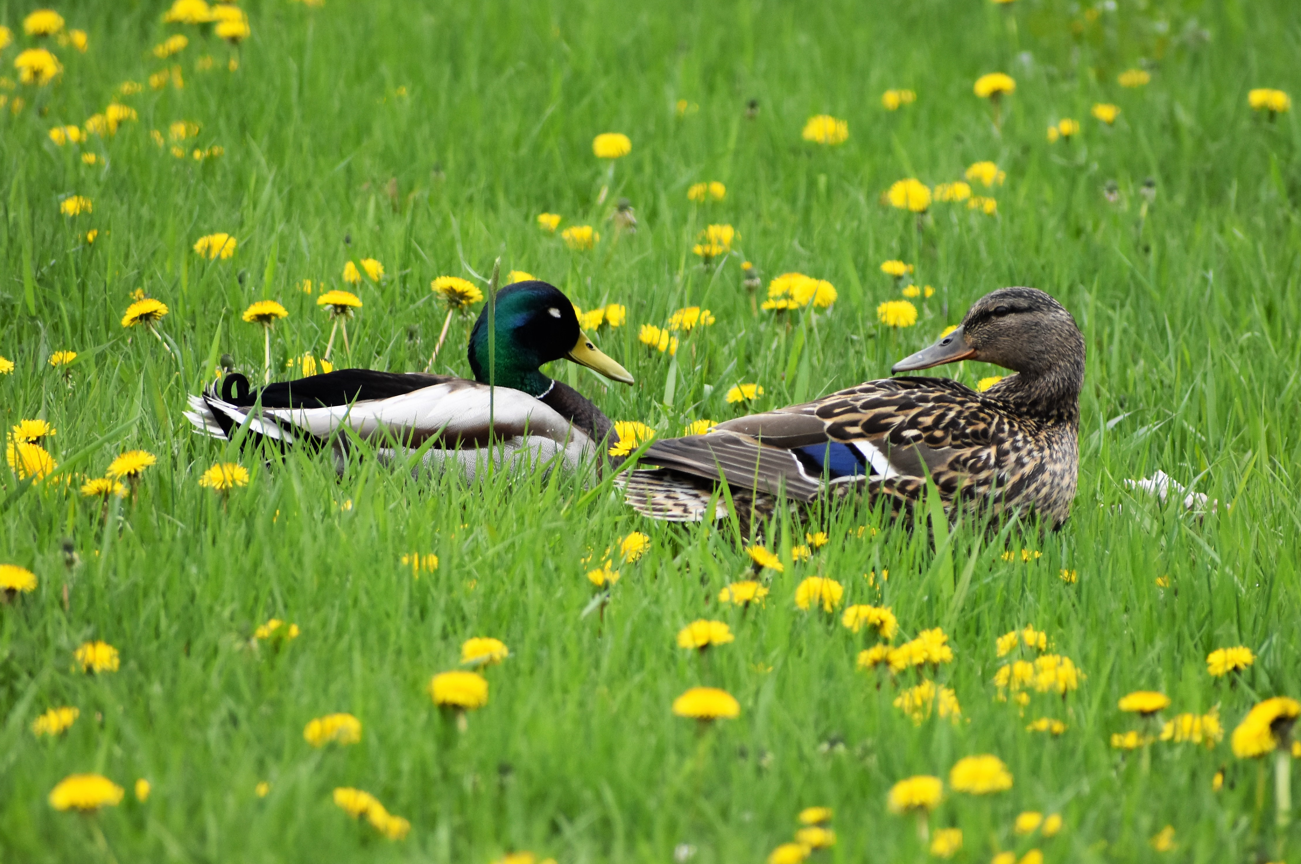
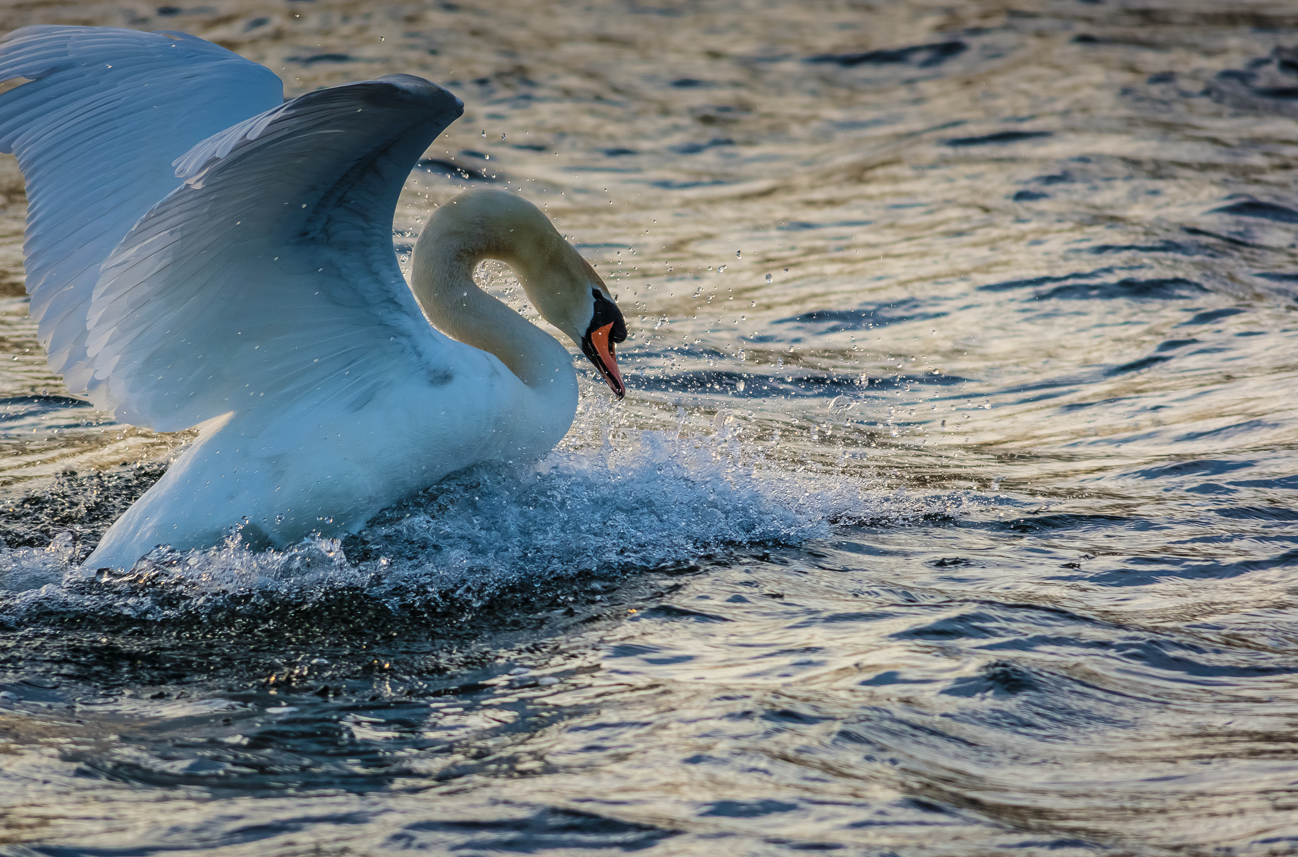
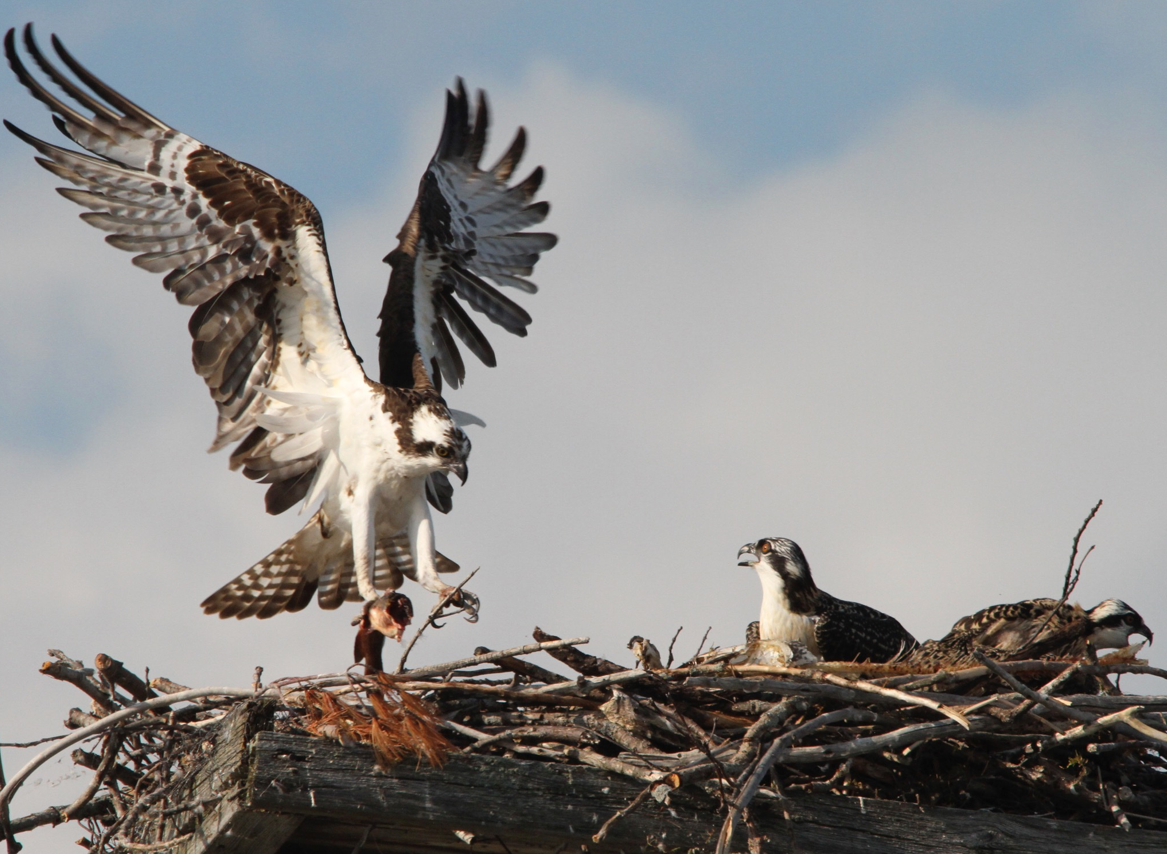
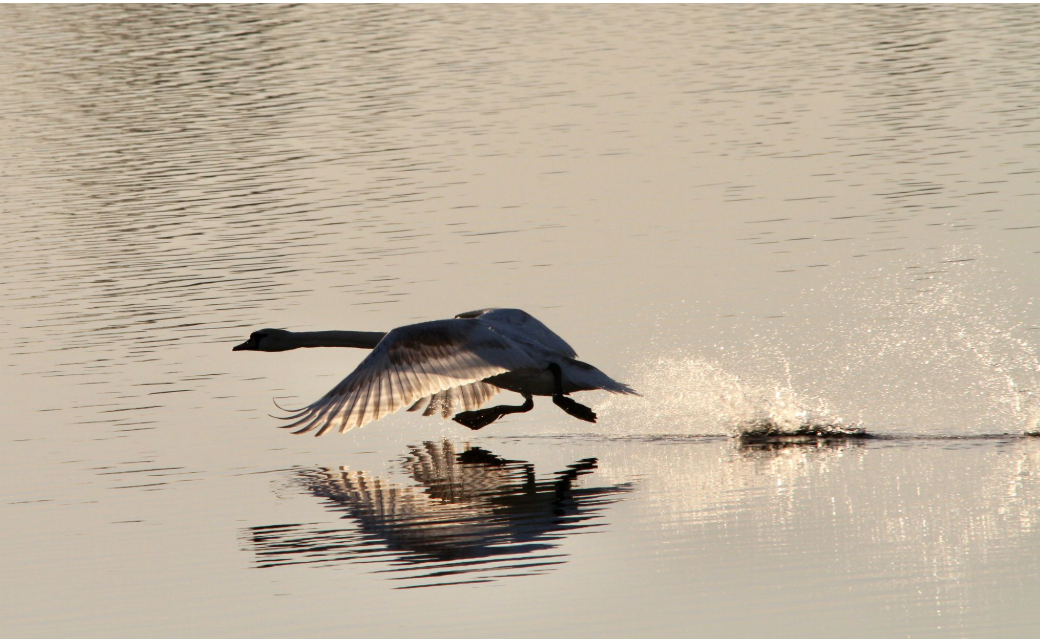
Just some of the creatures that can become ensnarled in fishing lines left in the St. Lawrence River. [Credits: Ducks by Doug Tulloch ©2017; Swan by Tim Kocher ©2017 and Lisa Johns shares two photos; Osprey feeding ©2019, and the Canada Goose ©2019
After carefully wrapping Sammy in a warm blanket, most of the fishing line was cut away while dodging Sammy’s beak, weakened as he was from his long ordeal. Nothing was left to chance. Sammy was given sugared water for energy. The nest was deep and comfy even more so with the aid of the vicuna bathrobe the little boy had cut up to keep Sammy warm. He hoped his grandfather wouldn’t mind. He did.
A twenty-four-hour watch was established with parents expected to take the lonely wee hours. The Ranger had advised them that his mate, never very far away, would remain so for three days. For three mornings the children would waken and race to Sammy’s nest while checking to see if his mate was still in attendance. No bird could have had better care or more love. But Sammy didn’t make it. No one knows how long he had been so ensnared or how long he had struggled. He was buried with solemn honors on top of the island with a granite stone engraved “Sammy” as a marker. Only then did his mate fly away.
That little boy was my son and his two best friends, the sisters, lived in the adjacent cottage. Sammy’s demise was their first pet loss and his belongings, the nest and the fishing line, became the cornerstone of the museum they established. That nest and many of the artifacts in that museum, lovingly collected, have long since disappeared, giving way to nature and the elements. One item, however, has not. The fishing line remains intact, strong and resilient.
There is nothing that Sammy could have done to prevent his untimely demise and therein lies the problem. 600 years is the expected life of this type of fishing line. When left in the environment birds, fish, turtles and other aquatic species can
suffocate or become entangled. Research indicates that more than 1500 species in marine and terrestrial environments are known to ingest plastics. When the monofilament breaks down into microplastics animals can choke on it and water
and soil quality are affected as well. Even when disposed of in the garbage this line can affect wildlife in and around andfills. It also means a lot of fatally injured seagulls and broken-hearted little boys and girls.
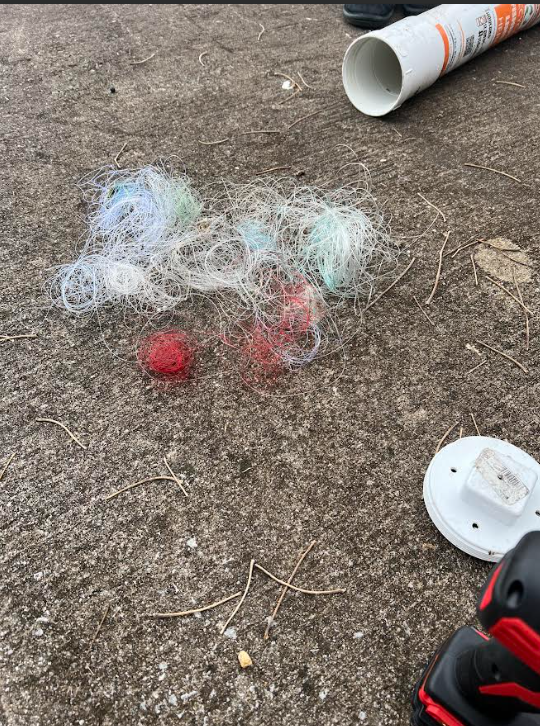
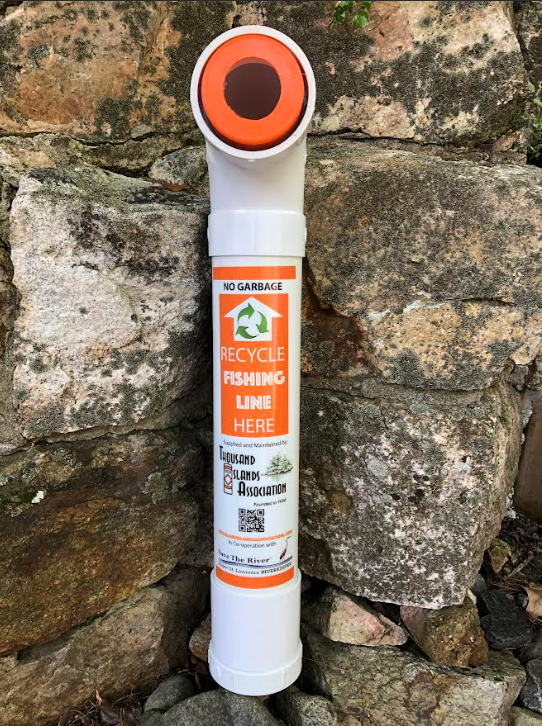
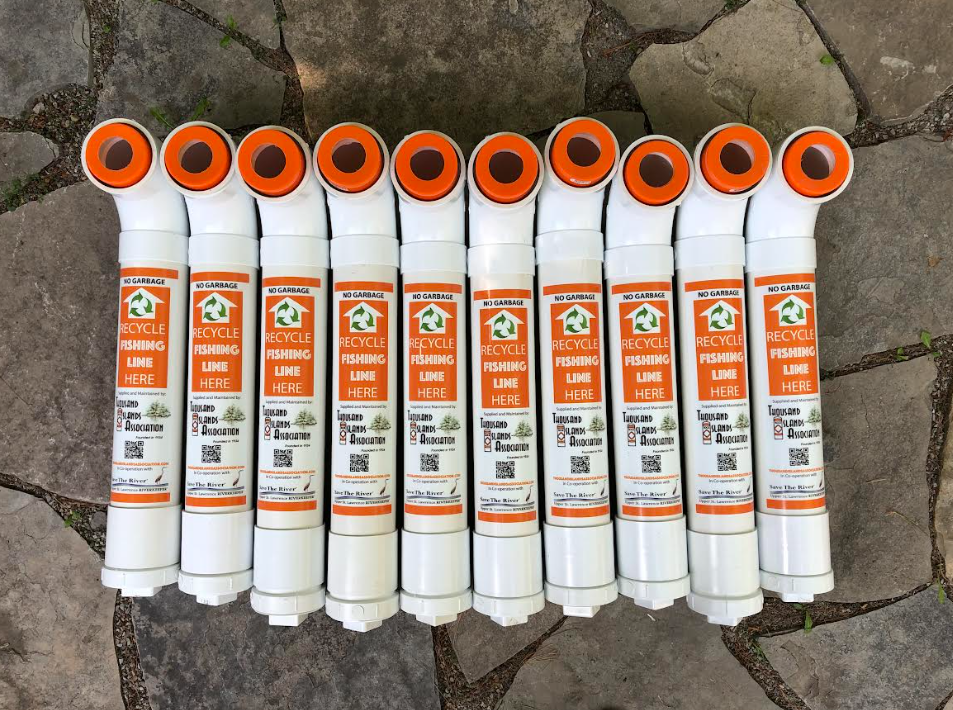
As TIA says, "Fishing Like Recycling Stations can be found on both sides of the River! Be sure to pick up any discarded fishing line you find or bring your old fishing line after respooling and toss it in one of these units. Then both TIA and Save the River will gather it up and recycle it. [Photos courtesy of Thousand Islands Association]
But there is something that you can do today. There is a program called FLRS, Fishing Line Recycling Station, where you can dispose of your fishing line. Their locations can be found on the Thousand Islands Association (TIA) web site and for sites in New York, check in with Save the River. A big thank you to TIA members Stuart Arnett, Dave McWilliam, Alec Turner, Annabel Cowan and Chair Janet Smith-Staples for making this program possible. A note of added caution, you cannot recycle fishing line at home due to its material.
Today, the world produces more than 430 million tons of plastic each year, two thirds of which are short lived products that become waste, filling the oceans, rivers and lakes and too often working into the human food chain. Plastic pervades modern life as it is affordable, durable and flexible appearing in everything from packaging to clothes to beauty products, then thrown away as in more than 280 million tons of short-lived plastic becomes waste annually. 46 percent of plastic waste is landfilled and 22 percent is mismanaged and becomes litter. It does not biodegrade and is made from fossil fuel oils which are transformed via heat and other additives into a polymer.
The largest generator of single use plastic waste in the world is packaging. 85% of single use plastic food and beverage containers end up in landfills or as mismanaged waste. Plastic is also found in farming from seed coatings to mulch. There are estimates of more than 100 million pounds of plastics entering the oceans from fishing gear each year. About 60% of the materials made into clothing is plastic, including polyester, acrylic, and nylon. When washed, synthetic fabric pieces shed tiny plastic fibres called microfibres, a form of microplastics. Laundry alone causes around 500,000 tons of plastic microfibres to be released into the oceans every year, the equivalent of three billion polyester shirts. Microplastics are tiny shards of plastic and come from everything from tires to beauty products to docks. Plastic docks are made from recycled materials and offer a wide range of benefits but they may deteriorate over time, releasing microplastics into the water.
So, what else can you do? Individual choices can and do make a difference. Avoid single use plastic products whenever possible. If unavoidable, they should be reused or repurposed until they can no longer be used. Recycle and dispose of them properly. And find and use a FLRS near you. Sammy, his descendants, and all friends, animals, reptiles, and amphibians will thank you.
Last time I checked, the granite rock marking Sammy’s grave was still there, although the lettered engraving had long disappeared. 600 years from now, the rock will probably still be there and that, one hopes, is a good omen.
By Allison Burchell-Robinson
Allison Burchell-Robinson's great grandfather built a cottage on Wyoming Island in 1910, and five generations have followed. She spent her childhood summers in the River, on the River or by the River. Eventually, she and her husband moved to an island in Ivy Lea Group. She is happy to return every summer to enjoy, relax and rejuvenate in an area her son referred to as the most beautiful place in the world. Many will recognize Allison for her many years of service to the Thousand Islands Association TIA serving as President then Secretary/Treasurer, and until recently, editor of TIA's "River Talk".
Header photograph by Donald Sbarra. This photo was first entered in the TI Life the 2018 Photo Contest .
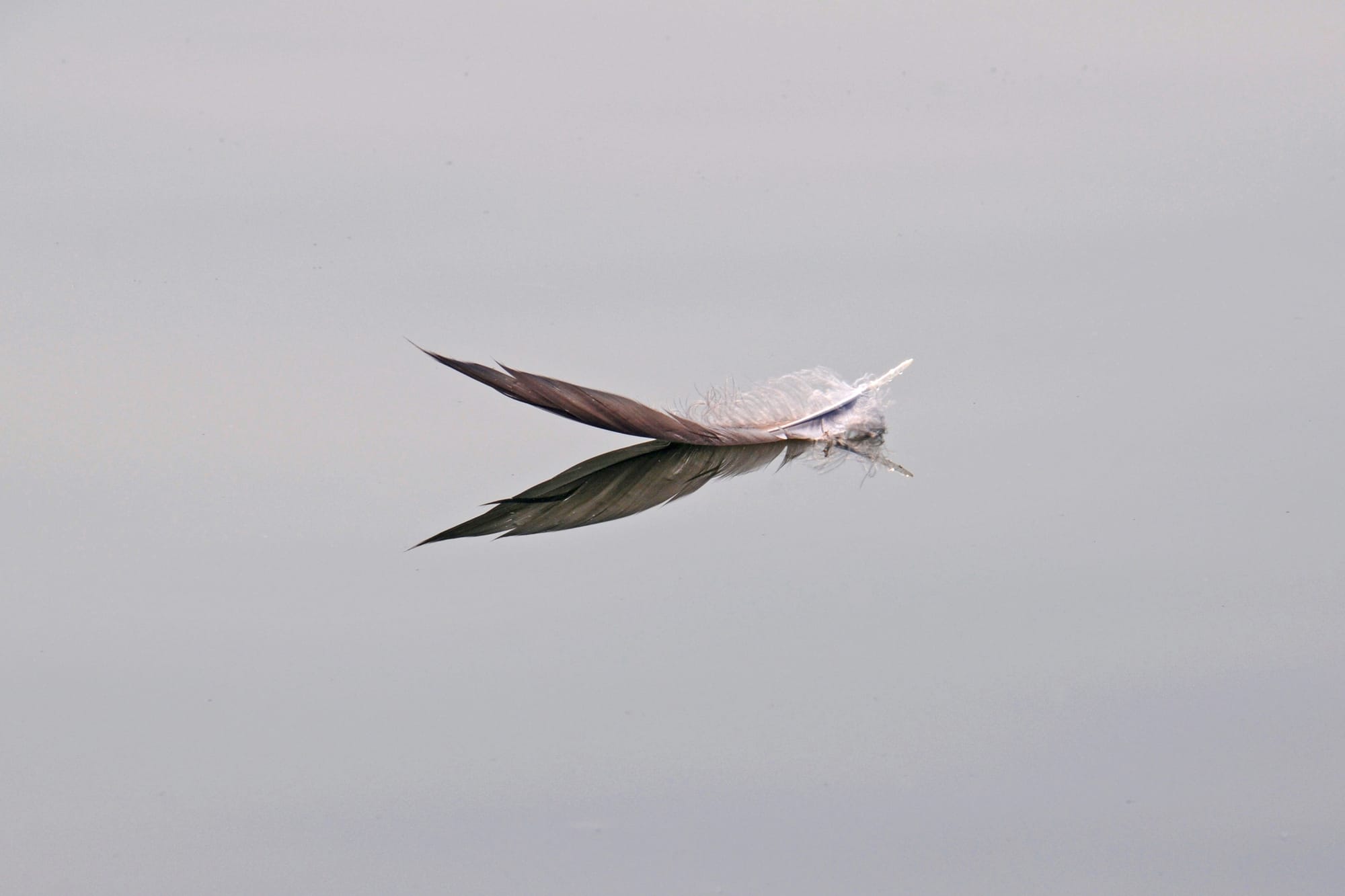
Editor's Note: Allison has joined our TI Life Team and will continue to write essays which we will illustrate with photographs submitted to TI Life over the past 20 years. Her first essay "Who Answers the Call of the St. Lawrence River?" was published in November 2024.



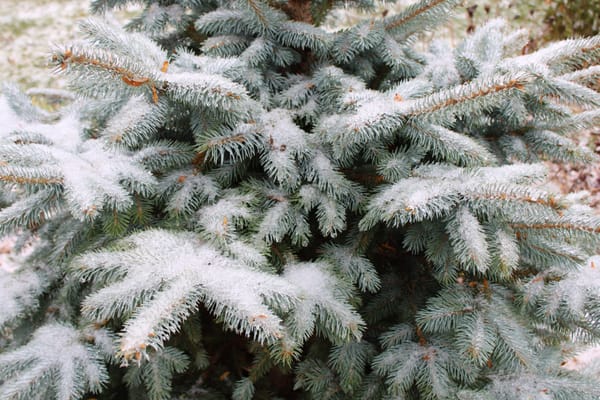

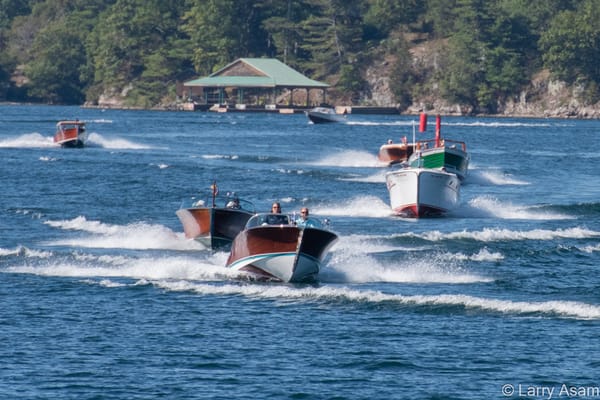
Please click here if you are unable to post your comment.